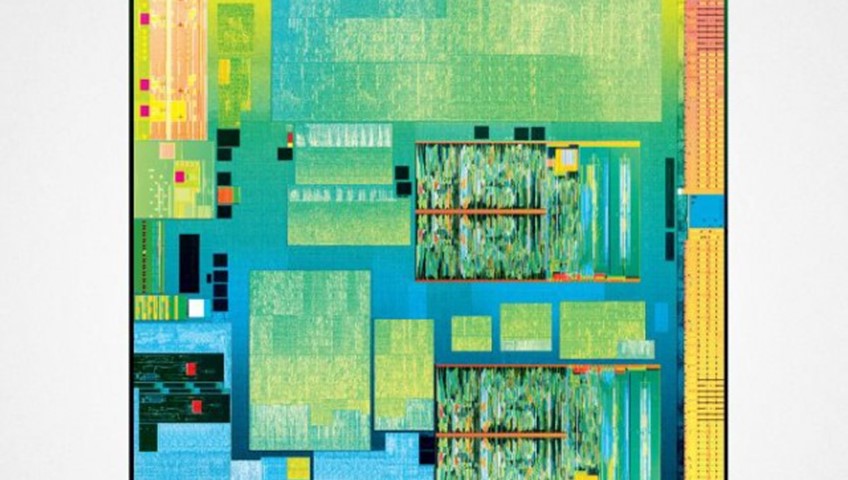
Intel will combine PC and mobile divisions: A bold move that might spell the end for Atom
There’s no word on how this might affect Intel’s future PC and mobile products, but presumably this might be the end of either the Atom or Core line of chips — which, to be honest, is probably a sensible move given how the latest Atom and ultra-mobile Core chips are fairly close in terms of performance and power consumption.
Currently, Intel’s consumer-facing chips are split between the PC Client group, led by Kirk Skaugen, and the Mobile and Communications group, led by Herman Eul. The PC Client group, which is mainly tasked with the production of Core i3/i5/i7 CPUs and their associated chipsets, is one of Intel’s largest cash cows, usually posting profits of around $13 billion per year on revenues around $35 billion. The Mobile and Communications group, which produces Intel’s smartphone and tablet Atom platforms and other mobile/wireless bits, is nowhere near as healthy: It lost $1 billion last quarter — and the quarter before that — as it continues to give away Atom chips at a loss to force Intel into the mobile market.
In short, there’s plenty of reason to believe that Intel is merging the two divisions to obfuscate the mobile group’s huge losses — but for a company with huge amounts of cash in the bank, and a very real need to crack the mobile market before the PC dies, that’s probably a much too shallow reading of the situation.
The more likely scenario here is that Intel wants to bring the development of its Core and Atom chips much closer together. Historically, Intel’s “big core” chips have been king of the castle, receiving the lion’s share of R&D dollars and getting first access to the newest process nodes (22nm, 14nm, etc.) This is part of the reason why Atom had to wait a full five years to receive a new CPU core (Bonnell to Silvermont). Sure, Intel is finally pouring the necessary resources into its mobile chips, but the company runs the risk of it being too little too late. Merging the PC and mobile divisions is a good way of making sure that mobile doesn’t get left behind again, and that future mobile chips are built at leading-edge fabs.
Intel chip fabThe other possibility, of course, is that Intel might be preparing to merge the development of its big and small CPU cores. While Atom and its Silvermont CPU core can just about keep up with chips from Apple and Qualcomm, the Core CPUs — Nehalem, Clarkdale, Haswell, Broadwell — are head and shoulders above the competition. With Intel’s latest 14nm Core M/Broadwell chip now capable of fanless operation at 4.5W TDP, it does make you question the long-term purpose of Atom/Silvermont. It’s also worth considering the recent move by Apple (A7, A8) and Nvidia (Denver K1) towards wide-pipeline “desktop-class” chips with huge transistor counts. Silvermont is a classic narrow-pipeline, low-IPC chip that will probably fall behind the wider, higher-IPC chips, especially as more and more heavy lifting moves from desktop to mobile.
Irrespective of how Intel’s PC/mobile merger actually goes down, the end result is likely to be very interesting. Intel’s future — at least in the consumer space — could well rest on whether it can finally produce compelling, profitable chips that can scoop up a significant share of the mobile market. Clearly, selling Atom chips at a loss — or “contra revenue” as Intel euphemistically calls it — can only be a short-term strategy. Long-term, Intel needs to create the best mobile chips in the world, and this merger is certainly a move in the right direction.

